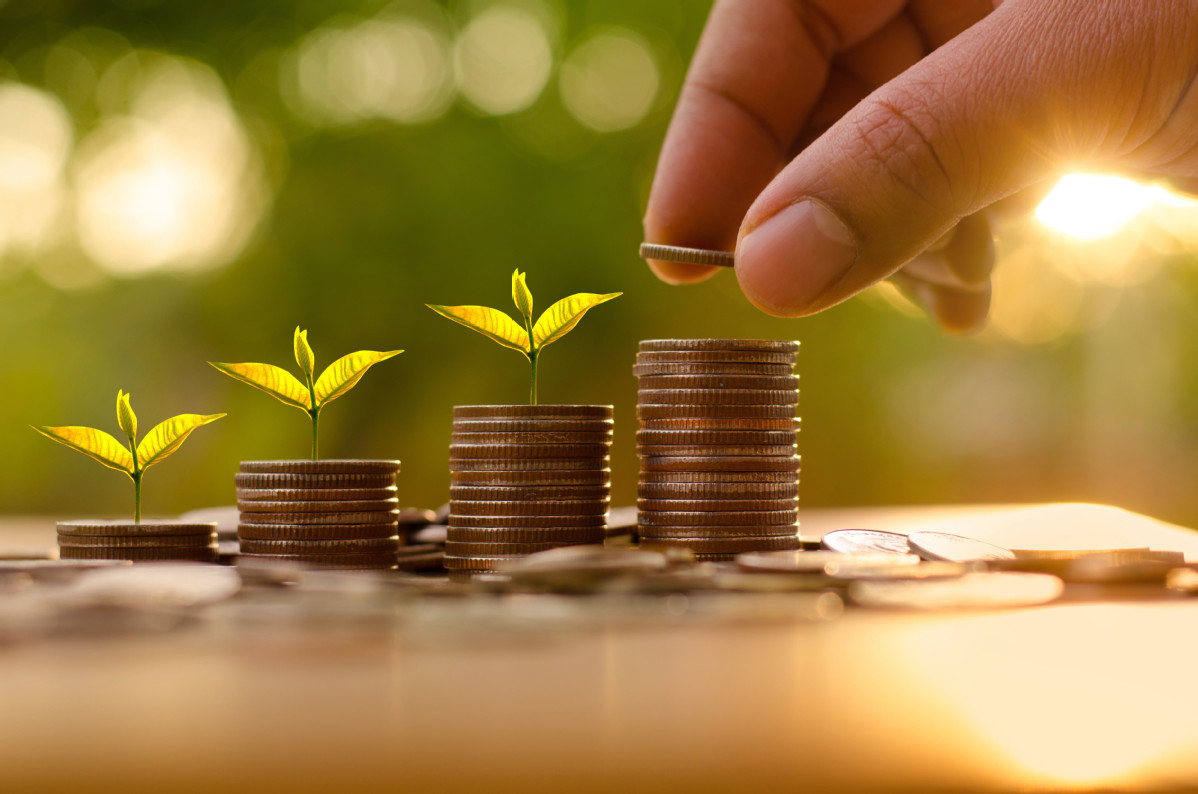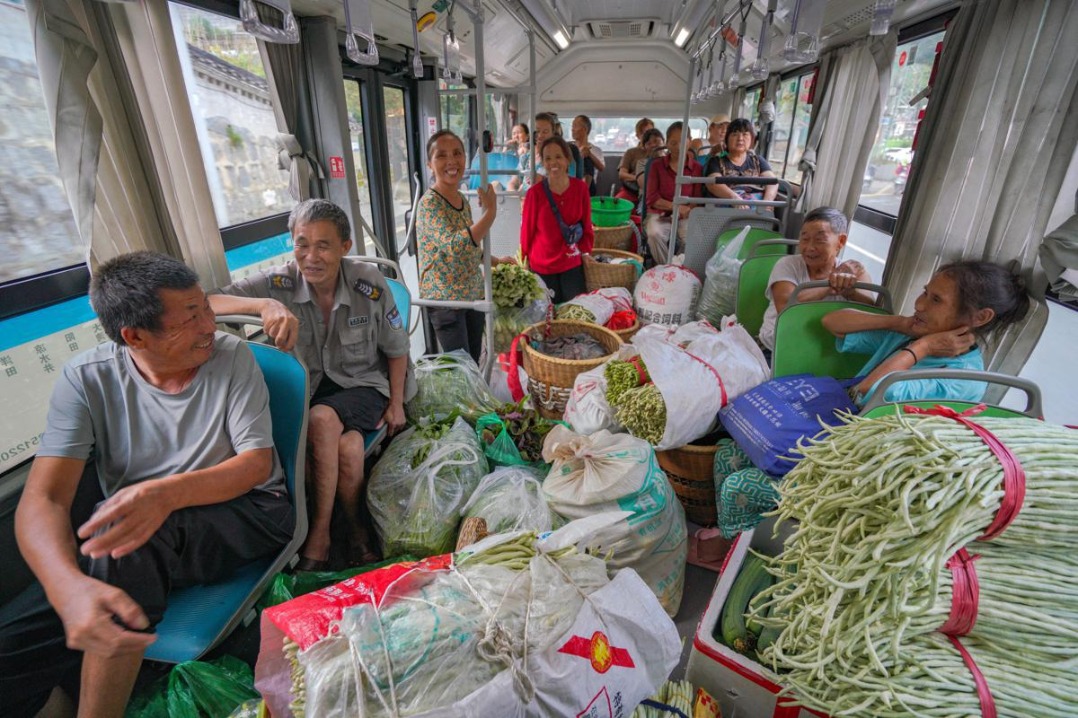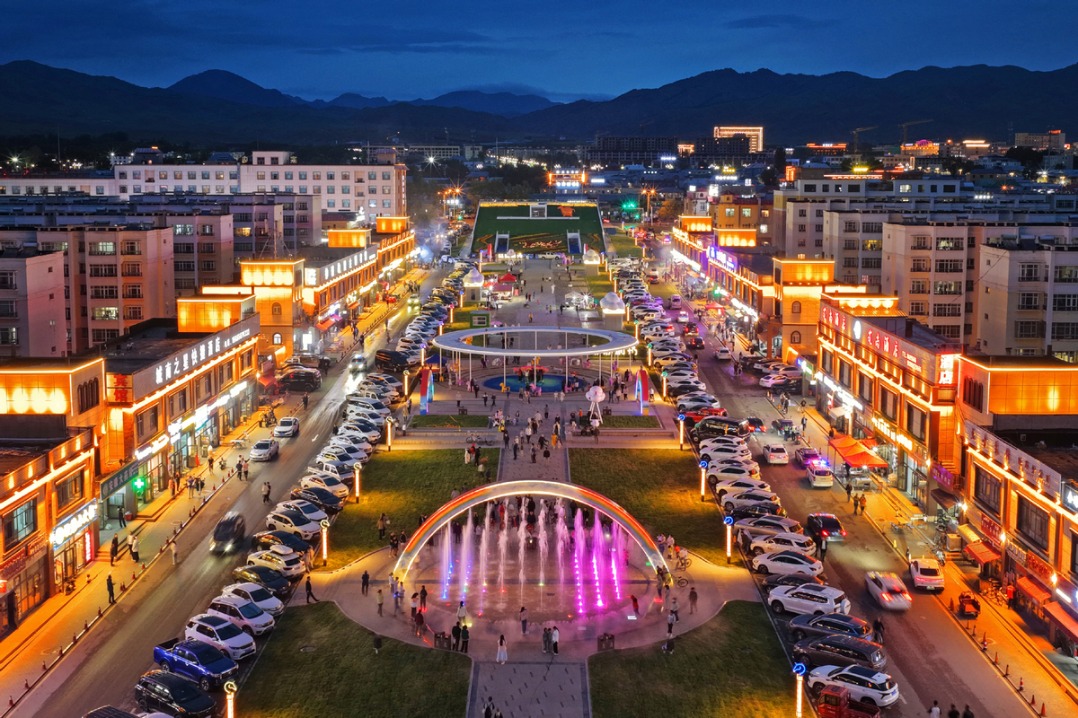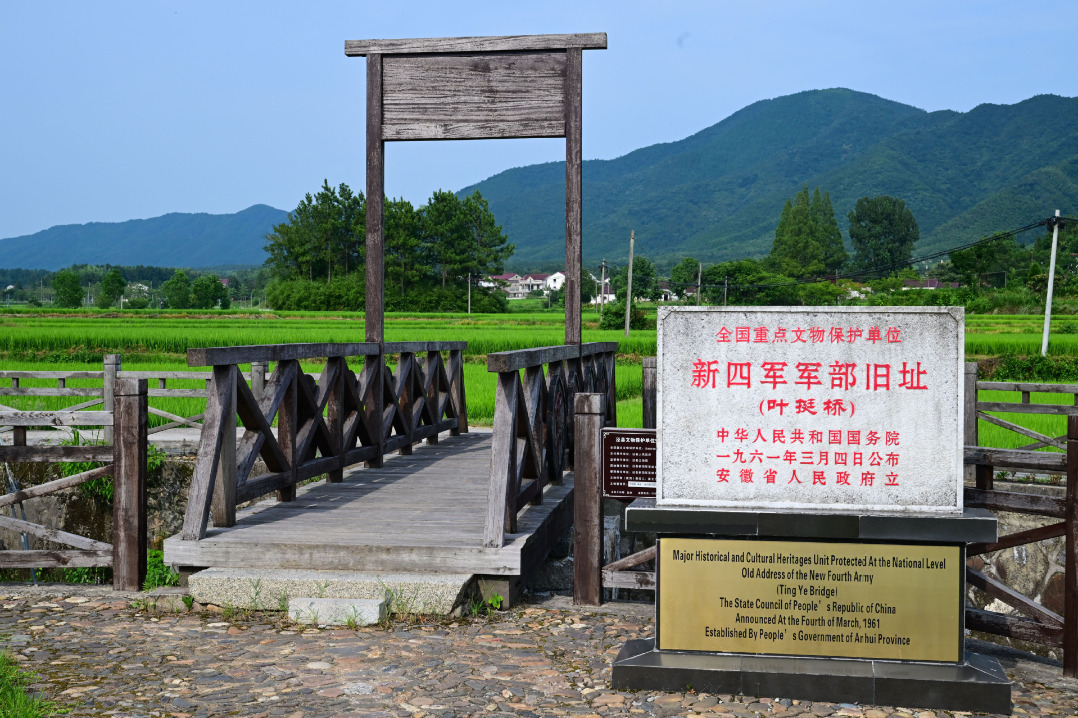Beijing's carbon trading program sets green example


Beijing's carbon trading program has boosted the flow of capital to low-carbon development and helped address challenges posed by climate change, an environment official said on Wednesday.
The capital's hosting of the 2022 Winter Olympics and Paralympics has placed the city's efforts to promote "green Games" in the international spotlight.
Ming Dengli, director of the Beijing ecology and environment bureau's climate change department, said in 2020 the carbon dioxide emissions for every 10,000 yuan ($1,574) worth of GDP was 0.41 metric tons, down more than 26 percent compared with 2015. "Beijing launched the carbon trading program to reduce both the amount and intensity of carbon emissions," she said.
Since Beijing launched the carbon trading pilot market in 2013, it has achieved a total transaction volume of about 93 million metric tons, with a turnover of more than 3 billion yuan, said the China Beijing Green Exchange, a carbon trading platform in the city.
"Carbon trading adopts market mechanisms to promote enterprises to improve management and technology to reduce carbon emissions. The program can help respond to climate change," Ming said.
The capital's carbon trading market involves eight major sectors including power generation, petrochemicals and cement, and serves more than 800 key emitters, Ming said.
Under the carbon trading mechanism, emitters can conduct transactions in two major categories-emission allowances and China Certified Emission Reduction, companies' voluntary reduction of emissions achieved via means such as afforestation or employing clean energy technologies.
The Beijing government annually issues some emission allowances for free to some designated emitters based on their emission conditions.
If emissions exceed the allowances, an emitter should buy the excess in the market to meet their obligation. If an emitter doesn't use up the quota, it can be sold as a surplus allowance for profit, Ming said.
After Beijing Public Transport joined the carbon market in 2016, it started to replace diesel vehicles with low-carbon emission electric and natural gas ones.
By the end of 2020, the company had 39,000 tons of carbon emission allowances left, earning it millions of yuan, Ming said. Meanwhile, its carbon emission intensity fell by more than 11 percent compared with 2016.
She said for enterprises without mandatory emission reduction tasks, the China Certified Emission Reduction mechanism encourages them to voluntarily trade emission reductions that are certified by the authority.
"This is to guide social capital to invest in new fields and technologies such as clean energy," she said.
To encourage the public to shift to green and low-carbon travel, Beijing has established a carbon reduction project under the framework of the carbon trading market.
People who register with the project's platform can obtain and trade carbon emission reductions they have gained from green travel methods such as taking buses, subways and bicycles.
Participants can exchange the rewards for public transportation coupons and shopping vouchers.





































